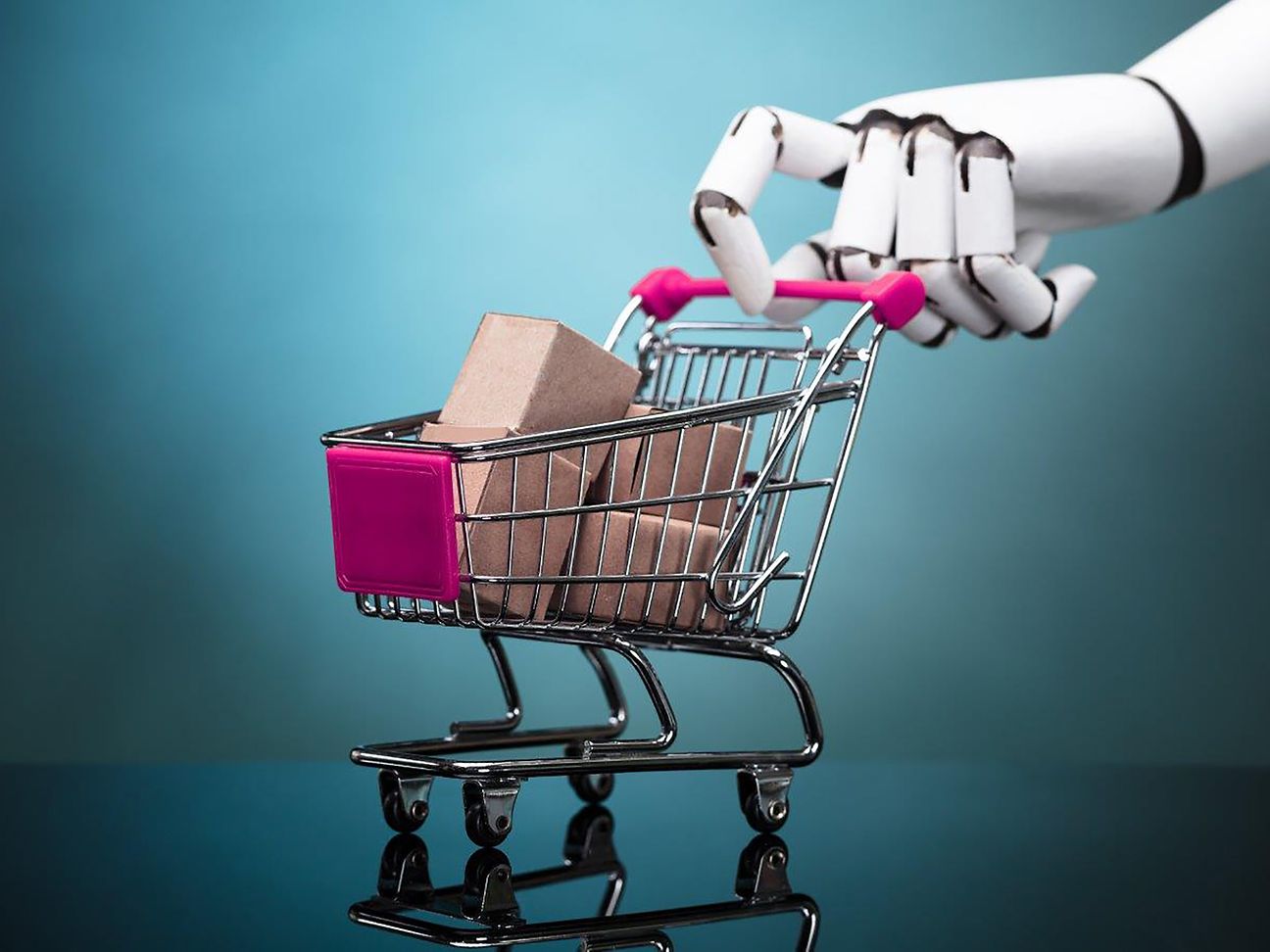

What’s “in-store” for digital retail?
How do my ever-changing shopping habits impact the retail and consumer goods sector?
If you use your mobile, like me, to shop, get personalized recommendations, check product reviews, compare prices -and much more- this comes with a profound impact to the traditional brick and mortar stores. An impact, that when we are in shopping mood, we may hardly recognize ourselves. To be honest, I hadn’t spent much thought on it, until recently, when I attended a business event in Warsaw and got a taste of what it means to run a retail business in the digital age.
Rethinking retail or why digital transformation matters?
As our shopping habits are getting more and more “phy-gital”, off-line and on-line shopping experiences quickly converge. Rethinking digital for the retail and consumer goods sector means a lot; it is not just big business -Amazon and the like- but even a matter of survival for our good-old nearby food-market. Take queues for example: from the business side having people queuing, whether to pay, ask for advise or fill in a form, is both expensive and inconvenient. This doesn’t mean that closing-down all locations and launching an e-commerce site is the the-one-and-only-answer-to-all. Digitizing processes in a shop is an aspect clearly worth of attention. Let’s look at Zabka, a Polish chain of convenience stores. As I learned, Zabka, applied Microsoft’s concept called Zofia for “the Store of the Future”. In this respect, Zabka teamed up with checkout-free retail software company AiFi to eventually bring cashier-less shopping to some of its more than 5,400 stores. A prototype store is soon to be opened. So, this is happening now. In Europe. At a store near you.
Digital trends in focus
At the event, that brought together representatives from the retail industry with innovators and start-ups from across our European footprint, of all the emerging trends in focus, artificial intelligence (AI) is clearly number one.
According to research, by 2021, 15 percent of all customer service interactions will be handled completely by AI. Meanwhile, conversational commerce, meaning the intersection of messaging applications and shopping, is on the rise. It goes hand-in-hand with personalized offerings. I clearly belong to the 91% of consumers that prefer brands providing relevant offers & recommendations, as Patrycja Herbowska-Tytro, eCommerce expert stated.
Oriflame, the Swedish cosmetics company that is selling directly to 60 countries, is a beautiful example of digital trends in the sector. Not because around half of the orders consumers place come via mobile. Neither because, as one of our biggest customers in the CEE region, it took its operations entirely to the cloud a few years back. Oriflame applies smart data analytics and AI to analyze the sentiment of conversations in messaging Apps. What this means? Mining opinions from product reviews and detecting what’s the sentiment, positive, neutral or negative, around a certain product.
Start-ups, like Shelfwise and Yieldigo, brought various innovative ideas to the Warsaw-event stage. Empty shelves mean profit loss and customers leaving. Monitoring shops with IoT cameras and AI is ShelfWise’s answer to this. On the other hand, pricing can be tricky. Yieldigo supports retailers to set optimal pricing via a machine-learning algorithm.
What’s next?
Nowadays, web-based commerce is the norm, numerous retailers run their business entirely over social media channels but soon ordering a dress without leaving your messaging App could be the new “norm”; how deeply this is changing both the way we buy things and the way a business interacts with its customers. I am curious to see what else is “in-store” for the future!

